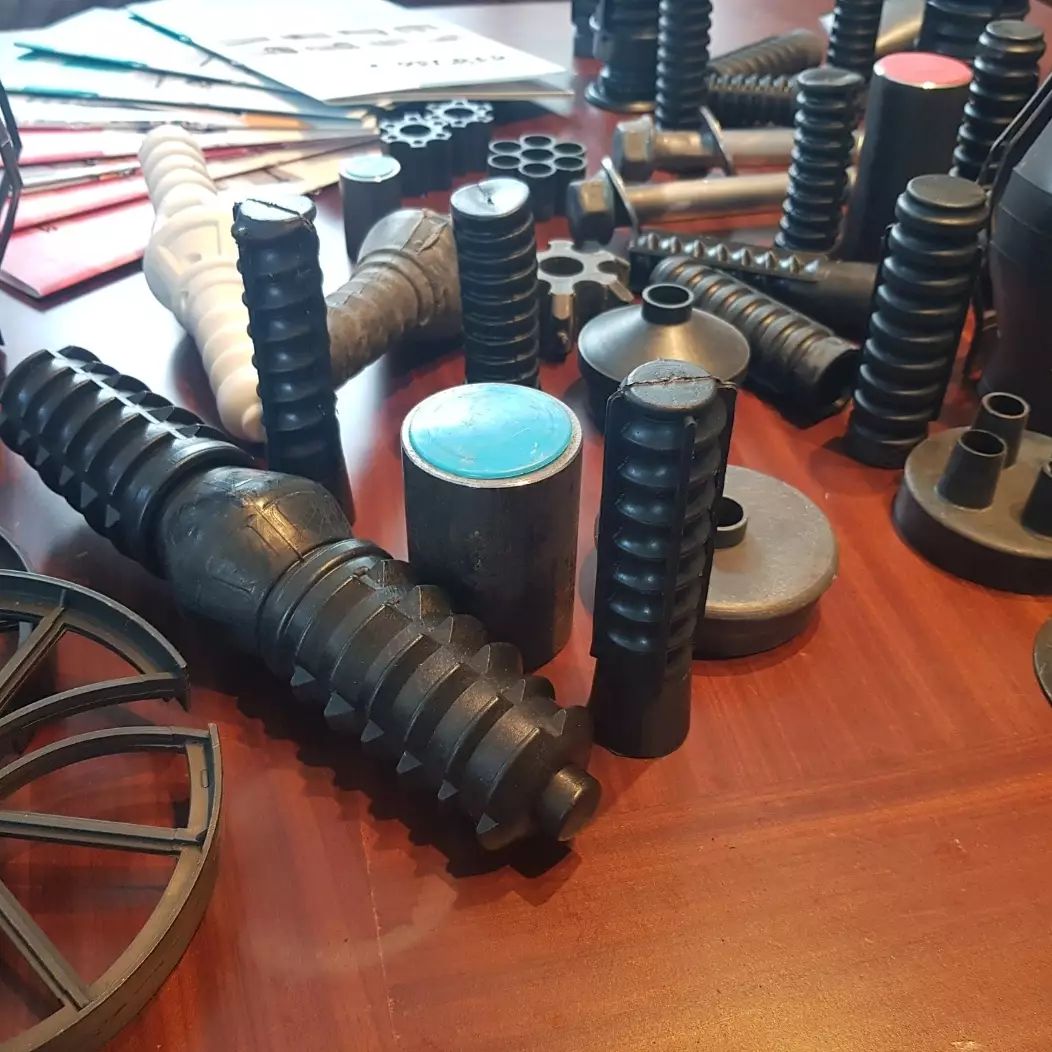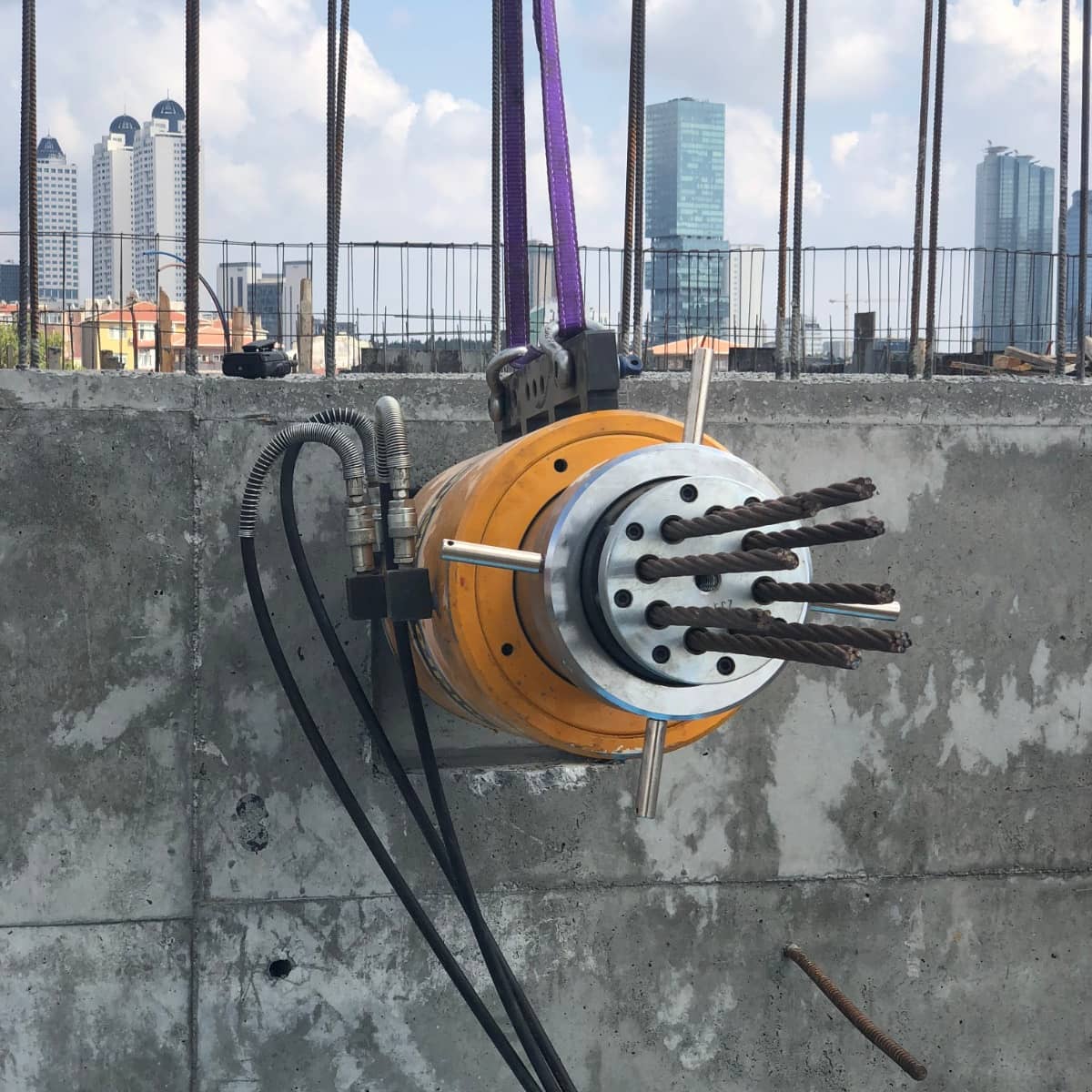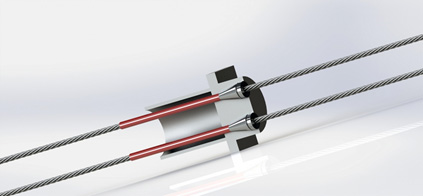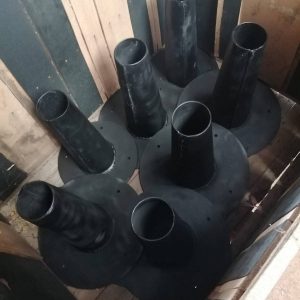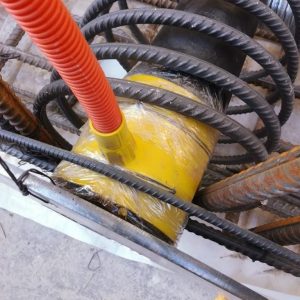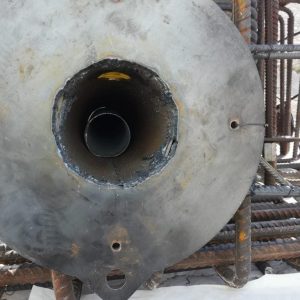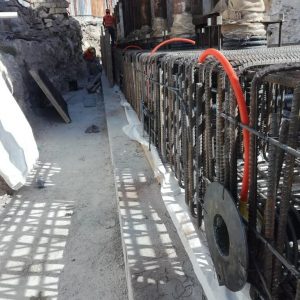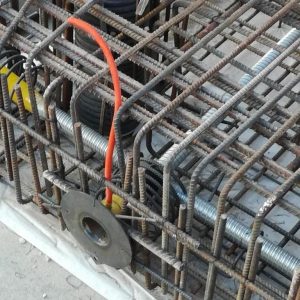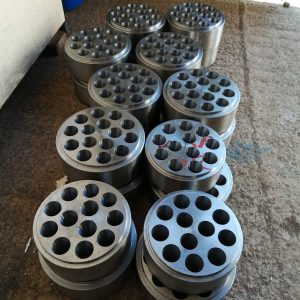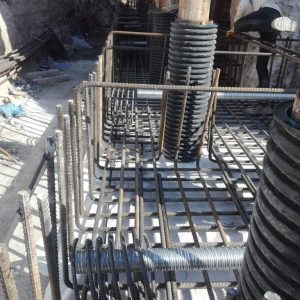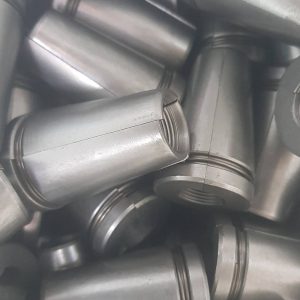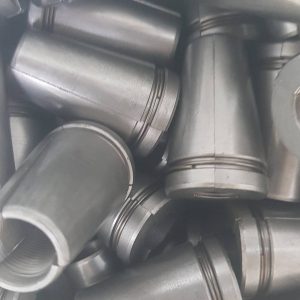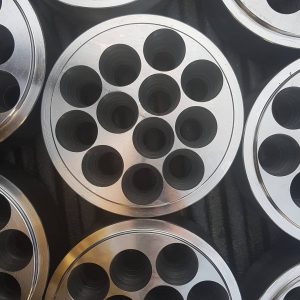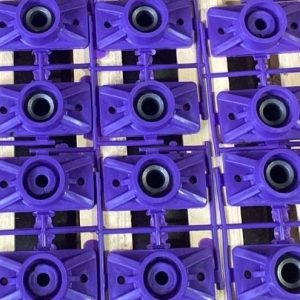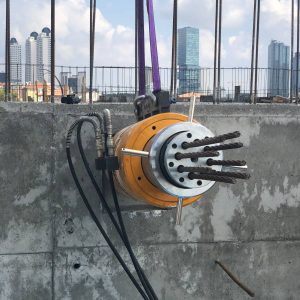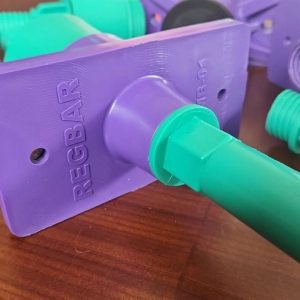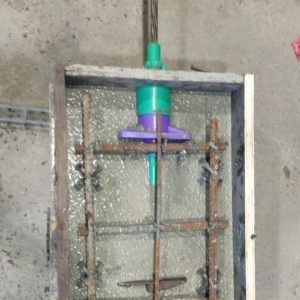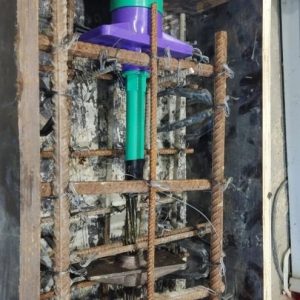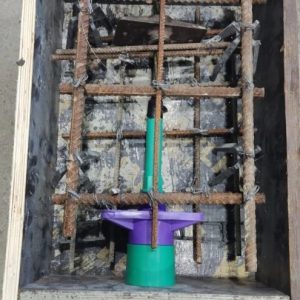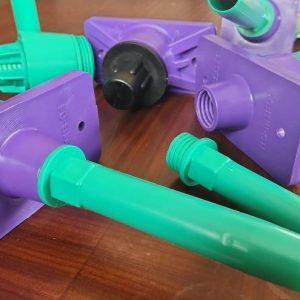Posttensions
Post tensioning is a concrete reinforcement technique. Post tensioning tendons which provides pre-tensioning of steel ropes inside the plastic channels or couplers are placed in the forms before placing the concrete. After the concrete is strengthened, the ropes are swiftlypulled or stretched before applying the service loads and leaned against the outer edges of the concrete. The initial pressure simply means that the steel is stretched (pulled or stretched) before the concrete supports the service loads. Prestressed precast is actually pulled before the prestressed steel concrete is casted. Post-stressed concrete means that the concrete is casted and then stressed; however, it is still stretched before the loads are applied and stretching continues. Stretching elements of stretching method consist of rope bundles with high breaking strength. With variations of number of ropes and if needed, variations of rope diameters and quality of the steel, it is possible to obtain a great diversity as rope units with breaking strength between 160 - 16.000 kN in standard units. Larger ropes can be manufactured for special applications. After stretching, the cables are wedged in an anchor which allows the tensile force to be transferred to the structure. The basis of the post tension method is type anchors
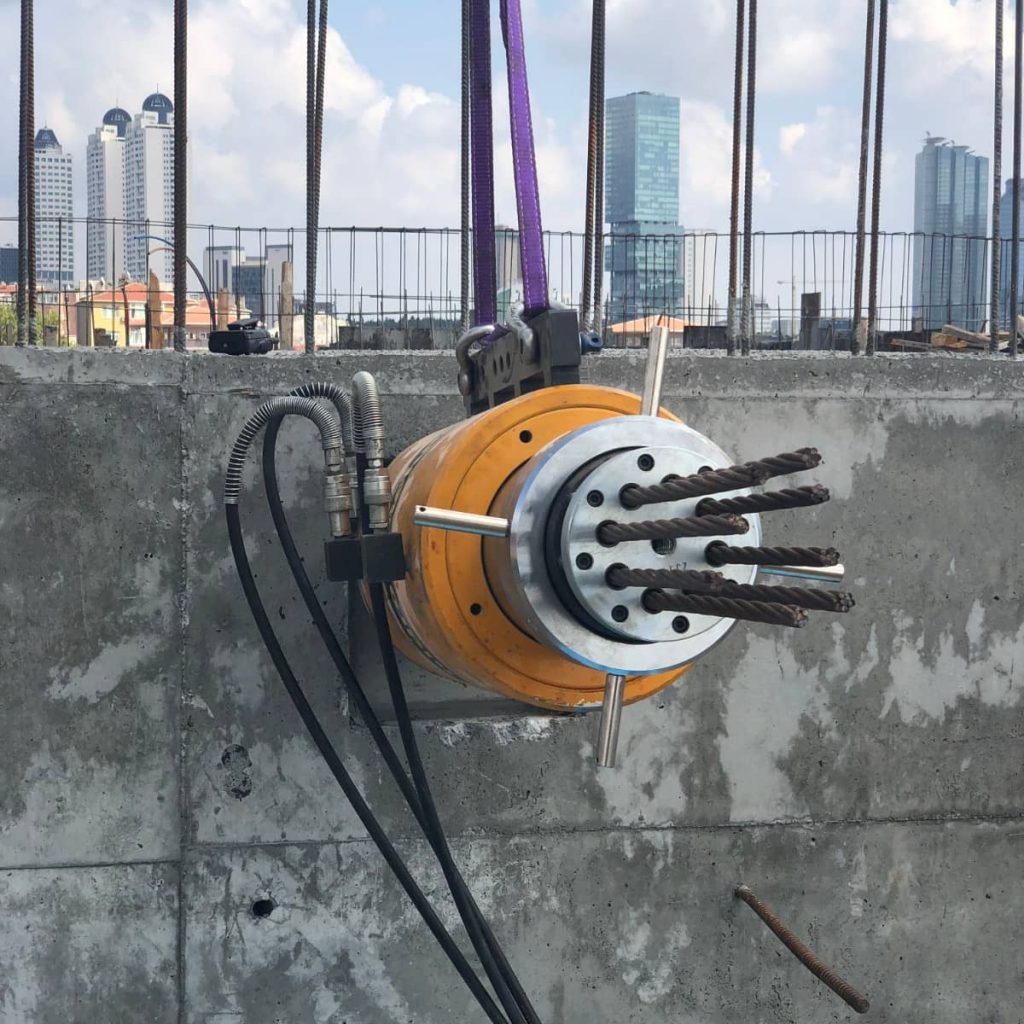
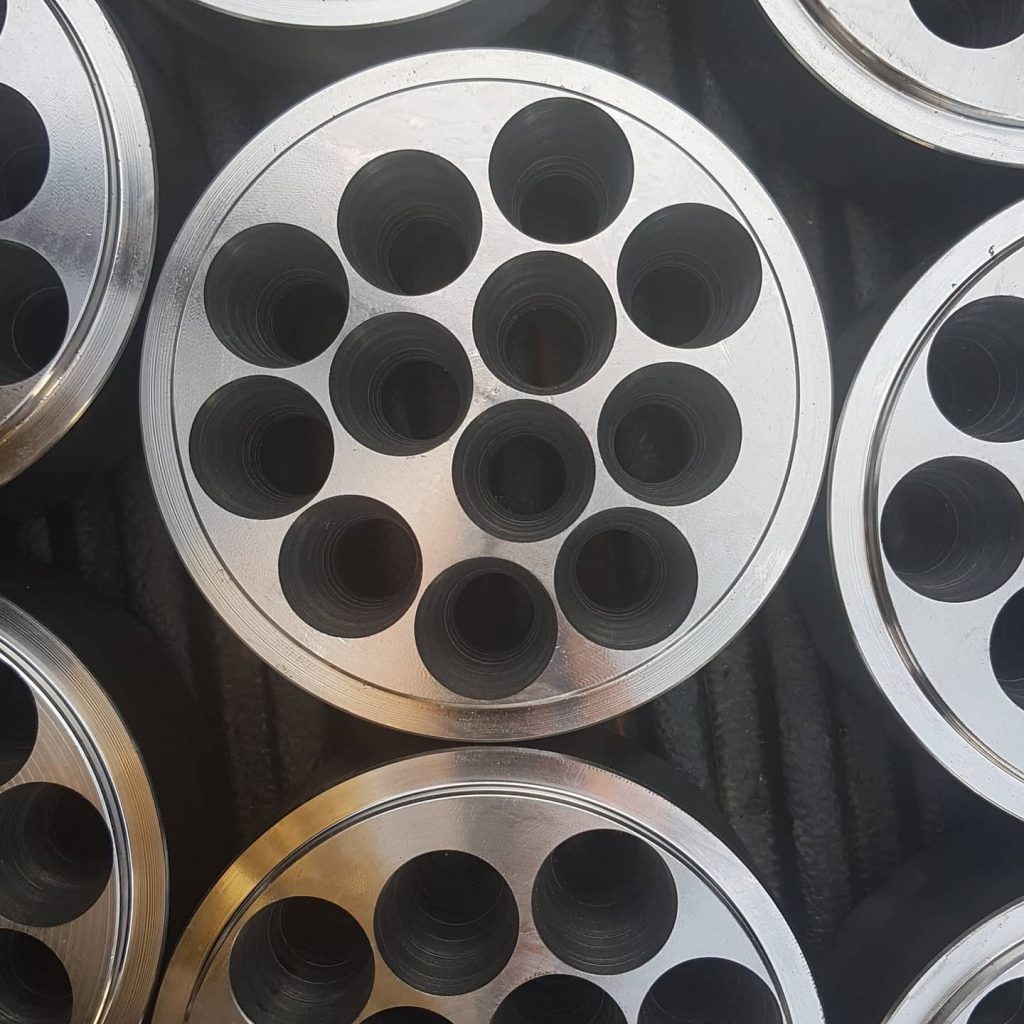
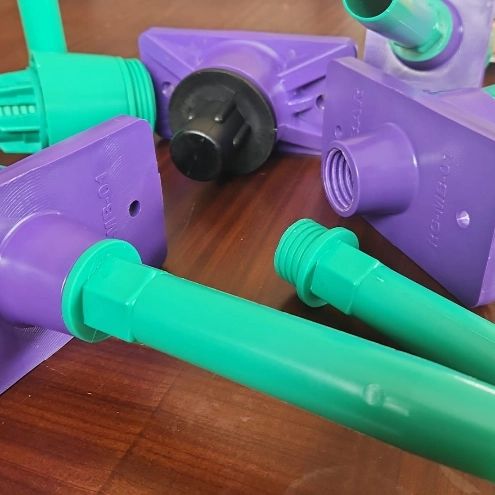
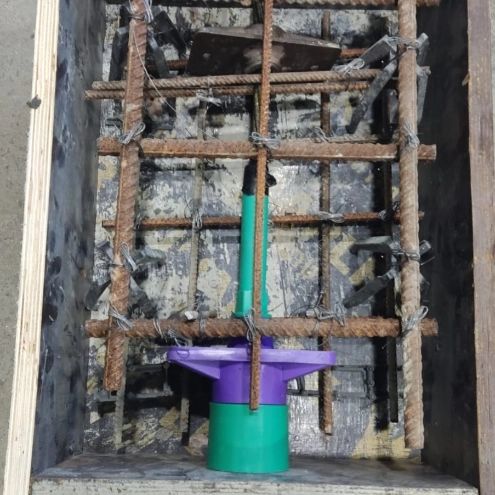
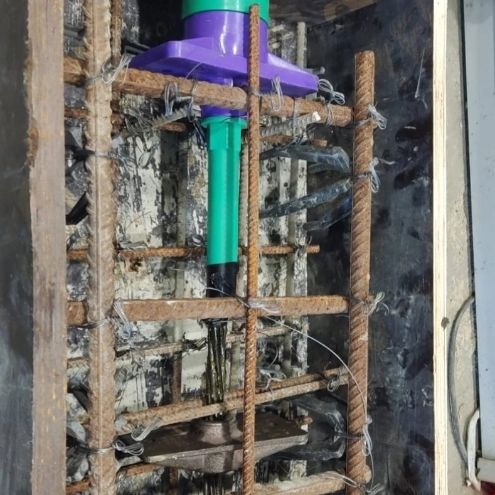
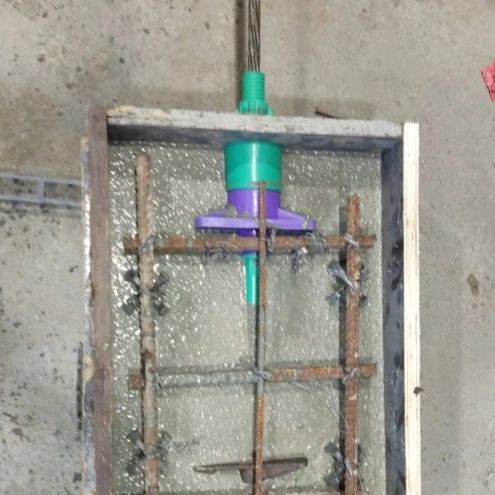
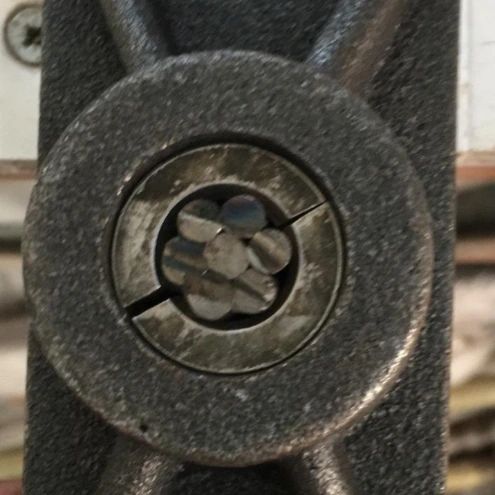
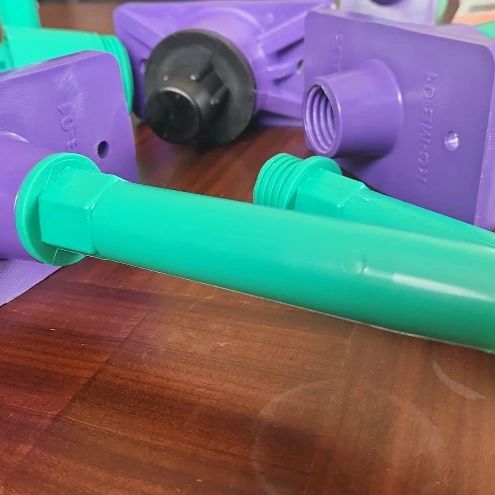
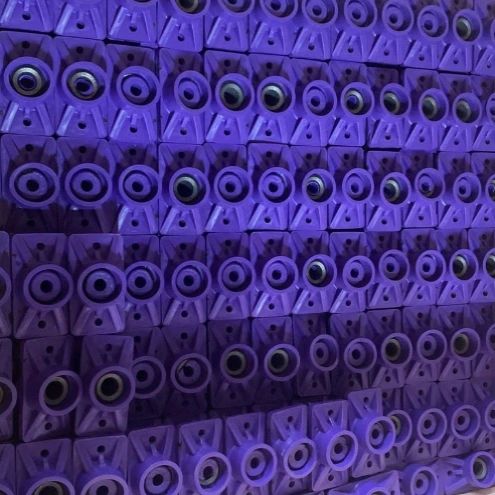
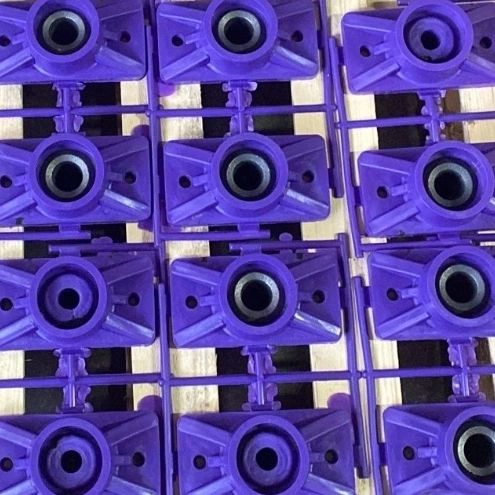
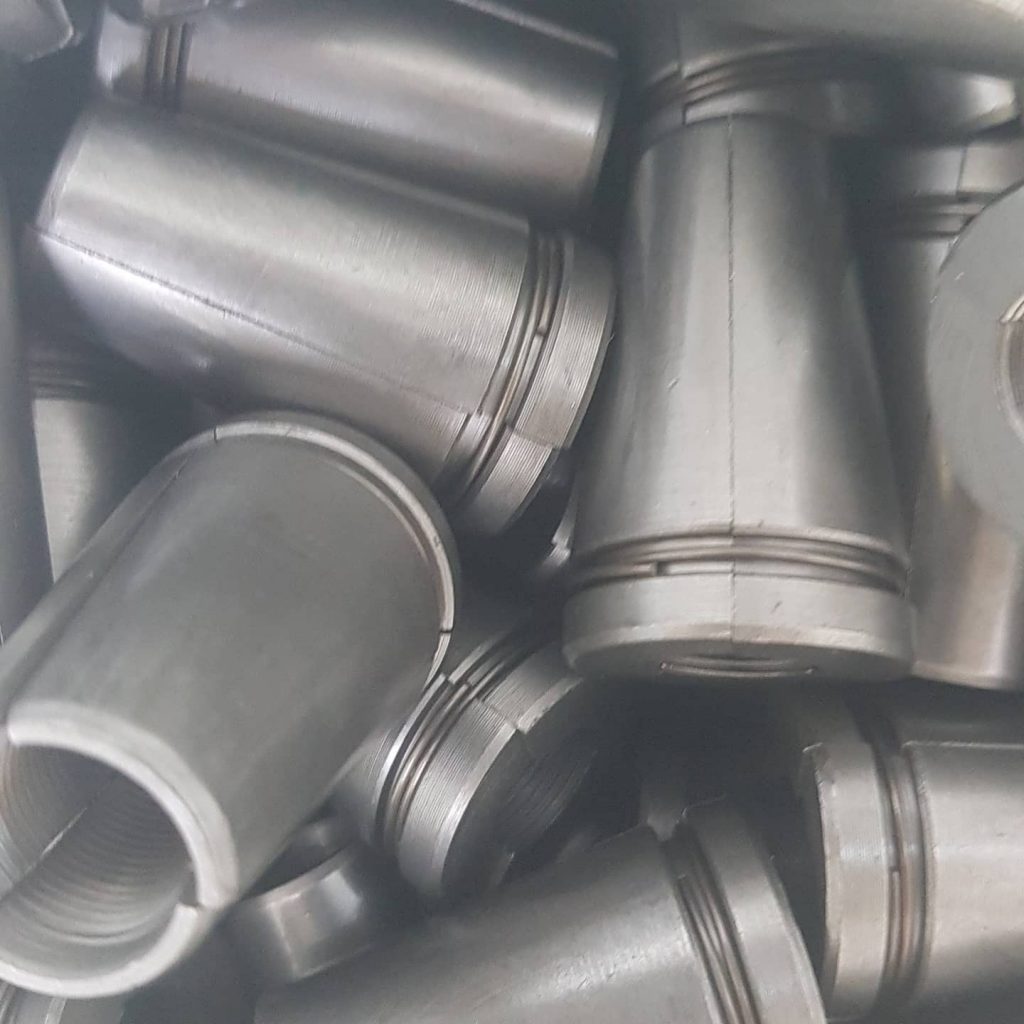
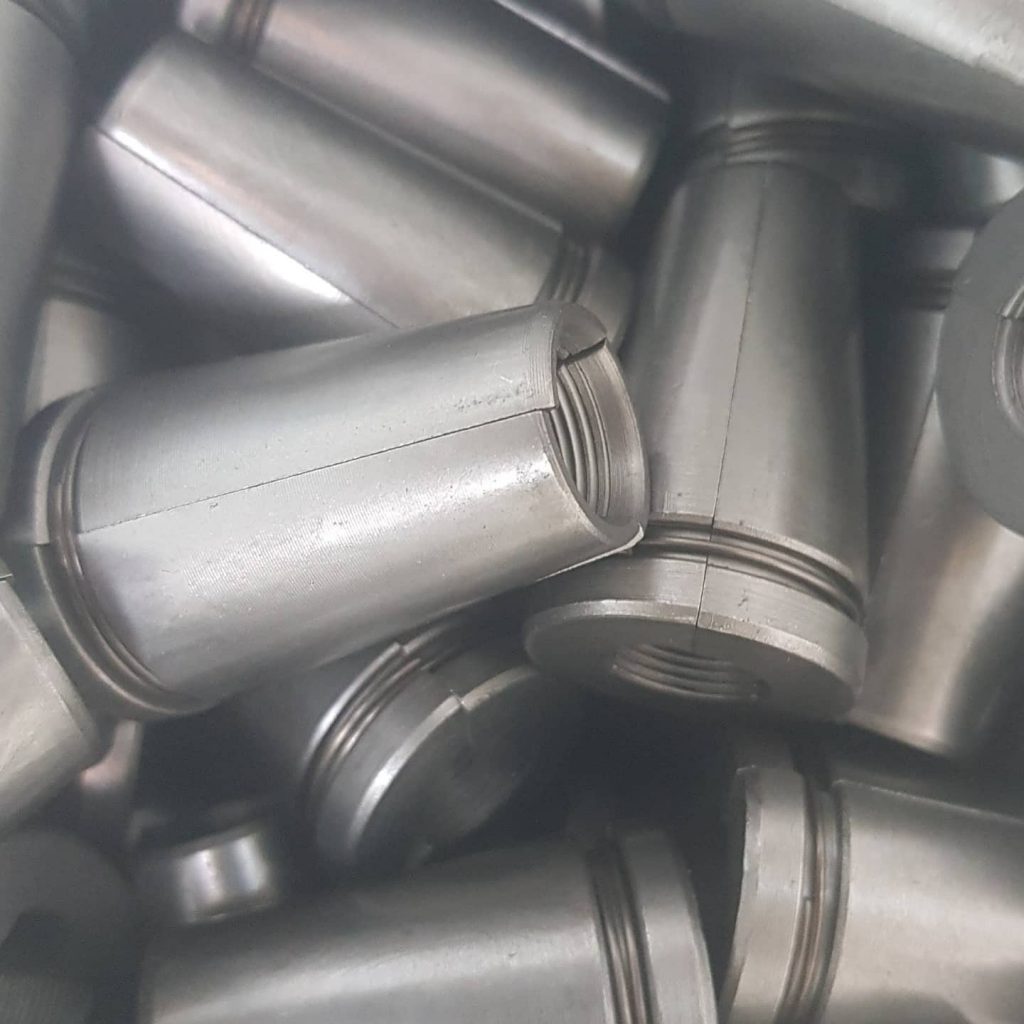
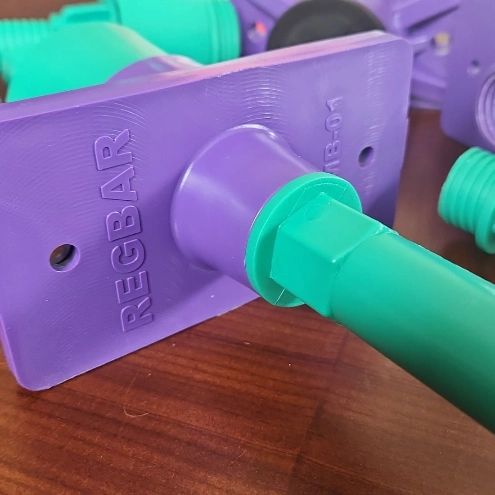
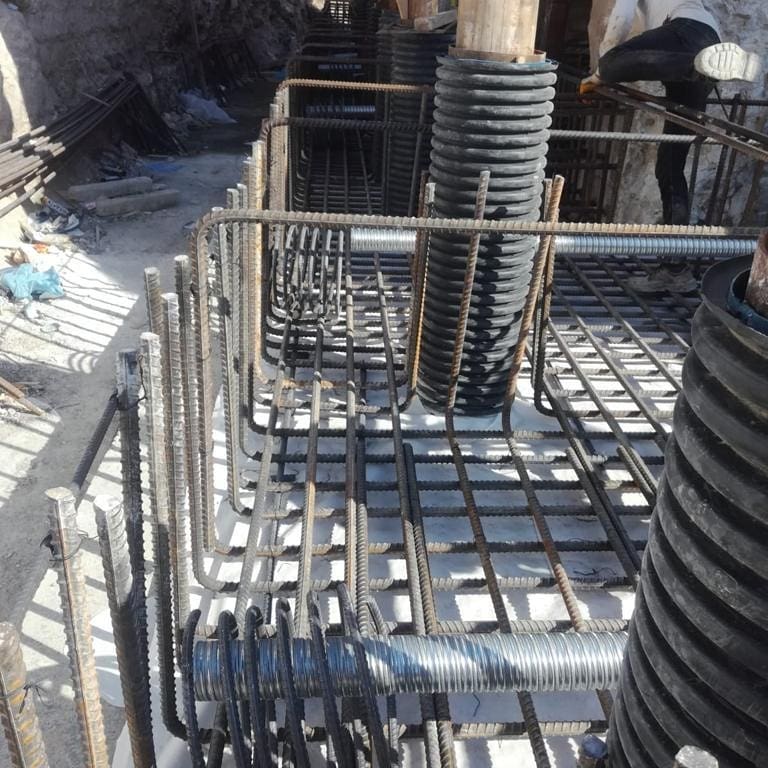
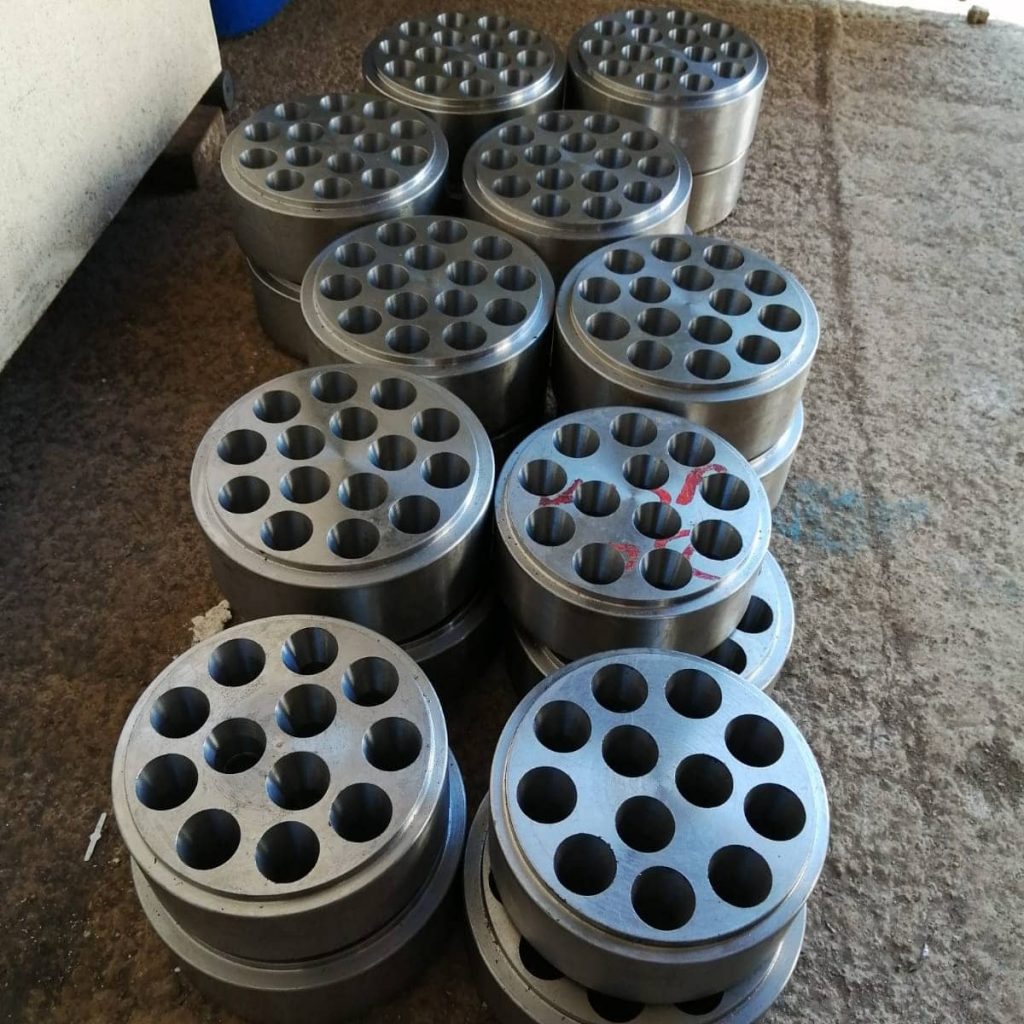
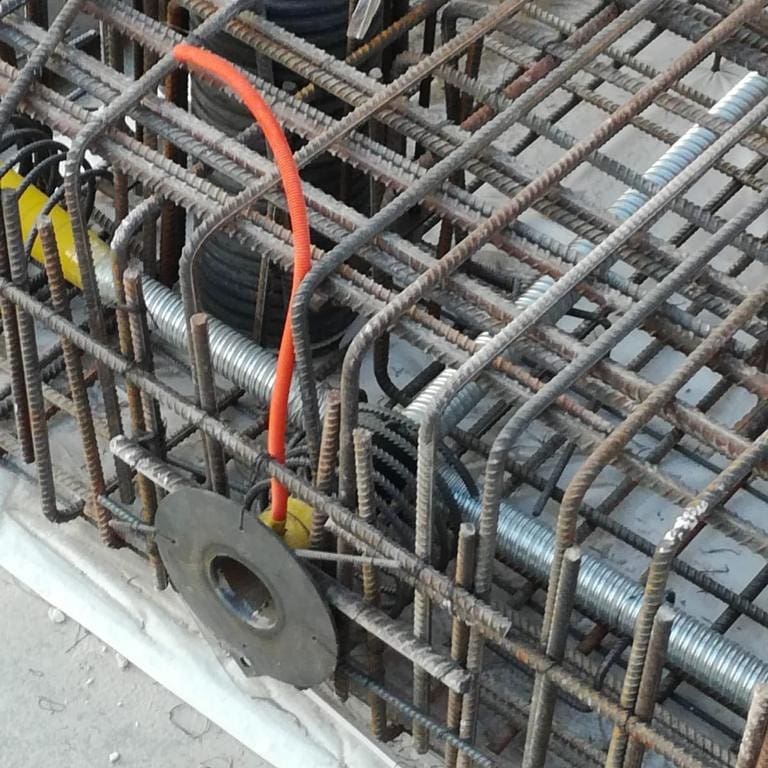
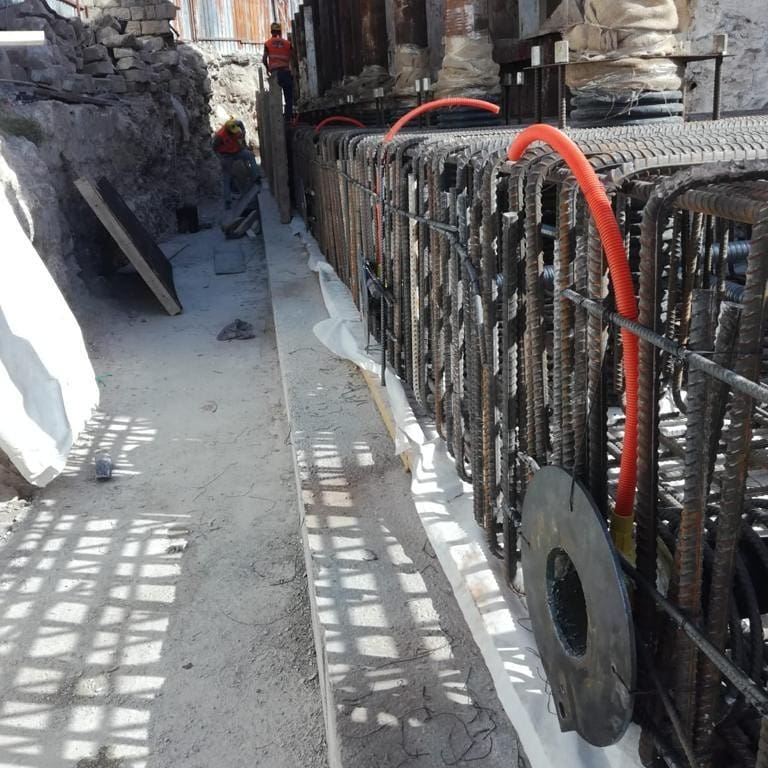
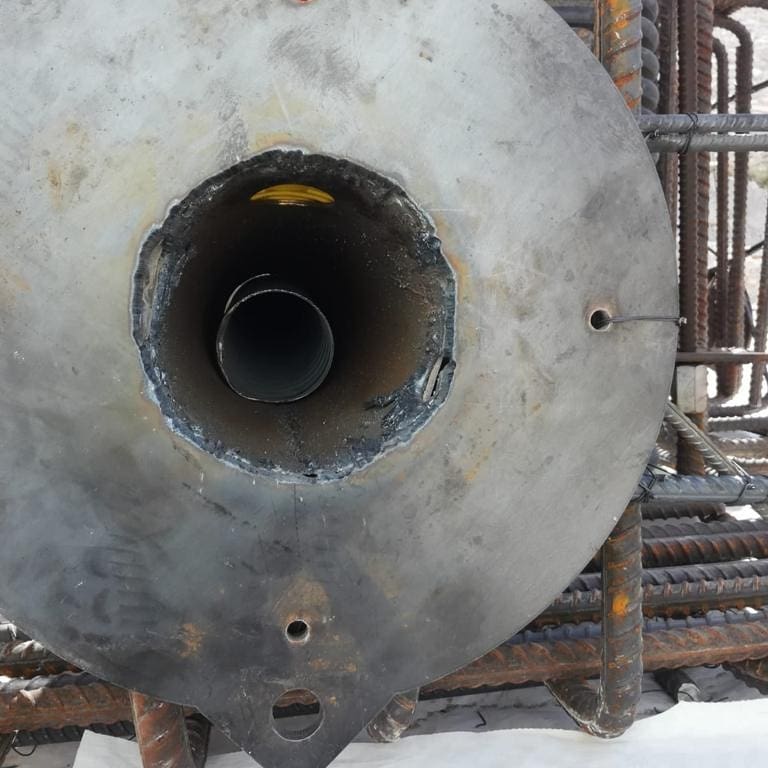
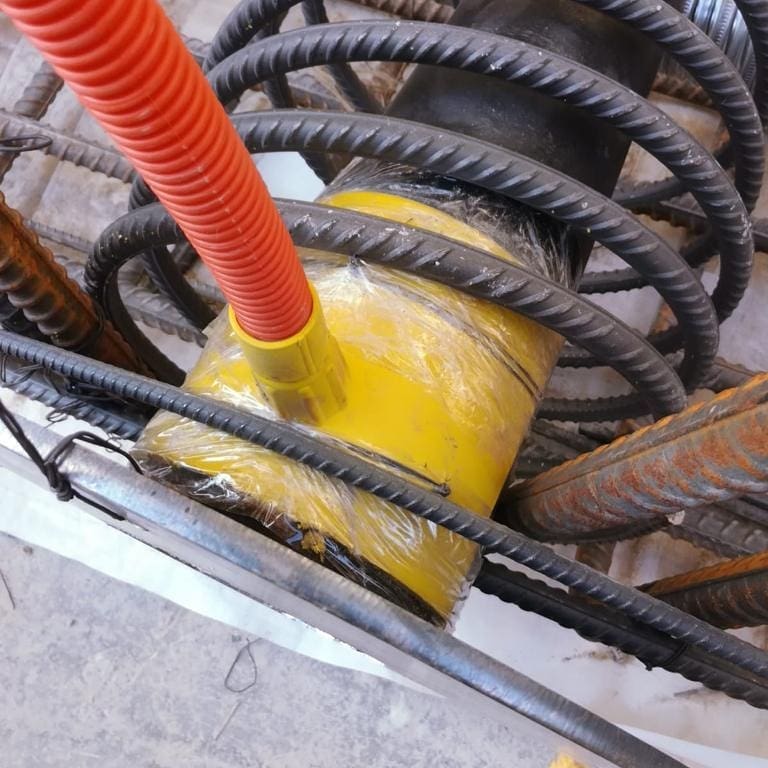
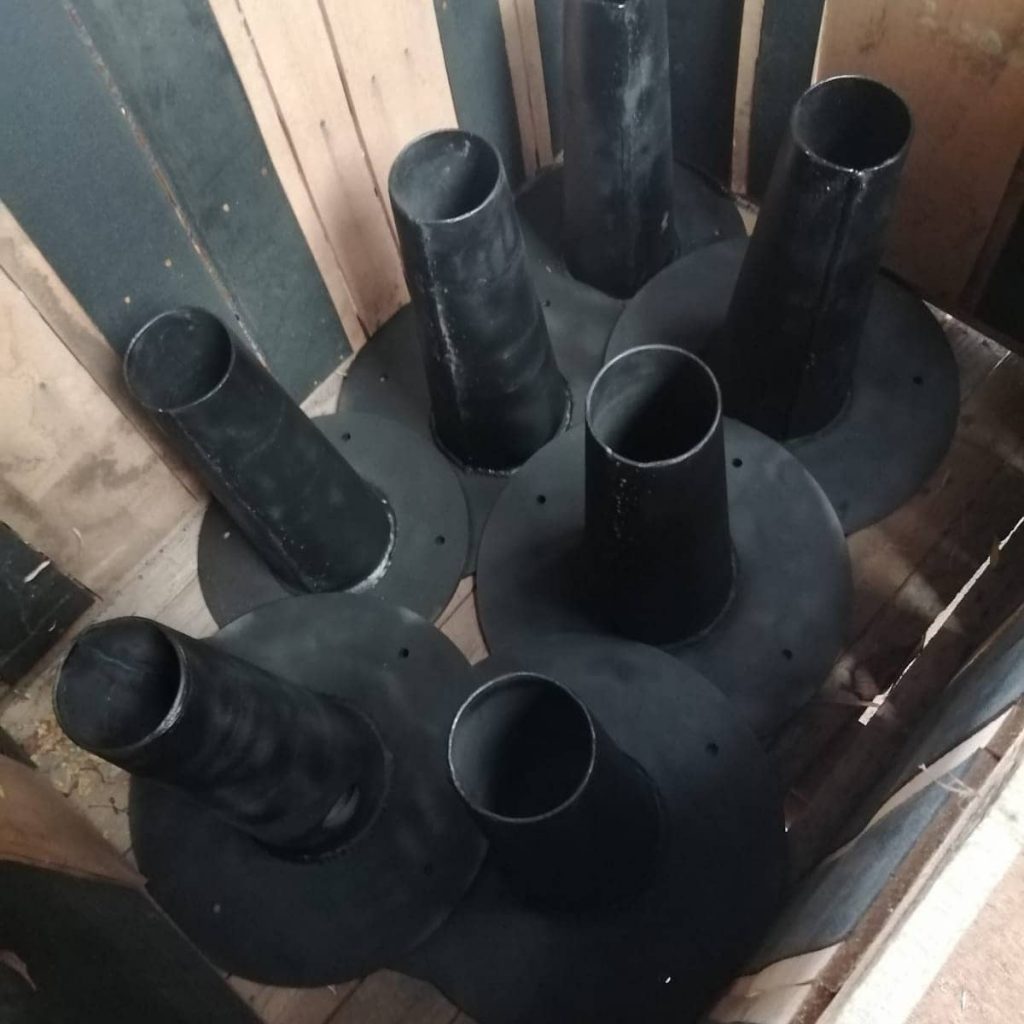
Tensioning Anchors
Post Tension-type tensioning anchors help to anchor and stretch the ropes. These are designed according to the principle of anchoring each rope individually by means of compressors.
The prestressing force is transferred to concrete by a rigid anchor plate. The spirals surround too much concrete in the zone behind the anchor plate. The tensile forces in the anchor zone should be met with an additional soft reinforcement. The reinforcement is determined by considering the shape and dimensions of the anchor plate as well as the dimensions of the end region. Stretching anchors can also be used as fixed anchors. In this case, the anchor head must remain stable during the tensioning process.
More Information
Download the catalog to see all our productsContact us
Call us for Information and OfferWhy Us?
Global Company
Quality Control
Sale Support
Other Products
Tunnel Support
Equipments
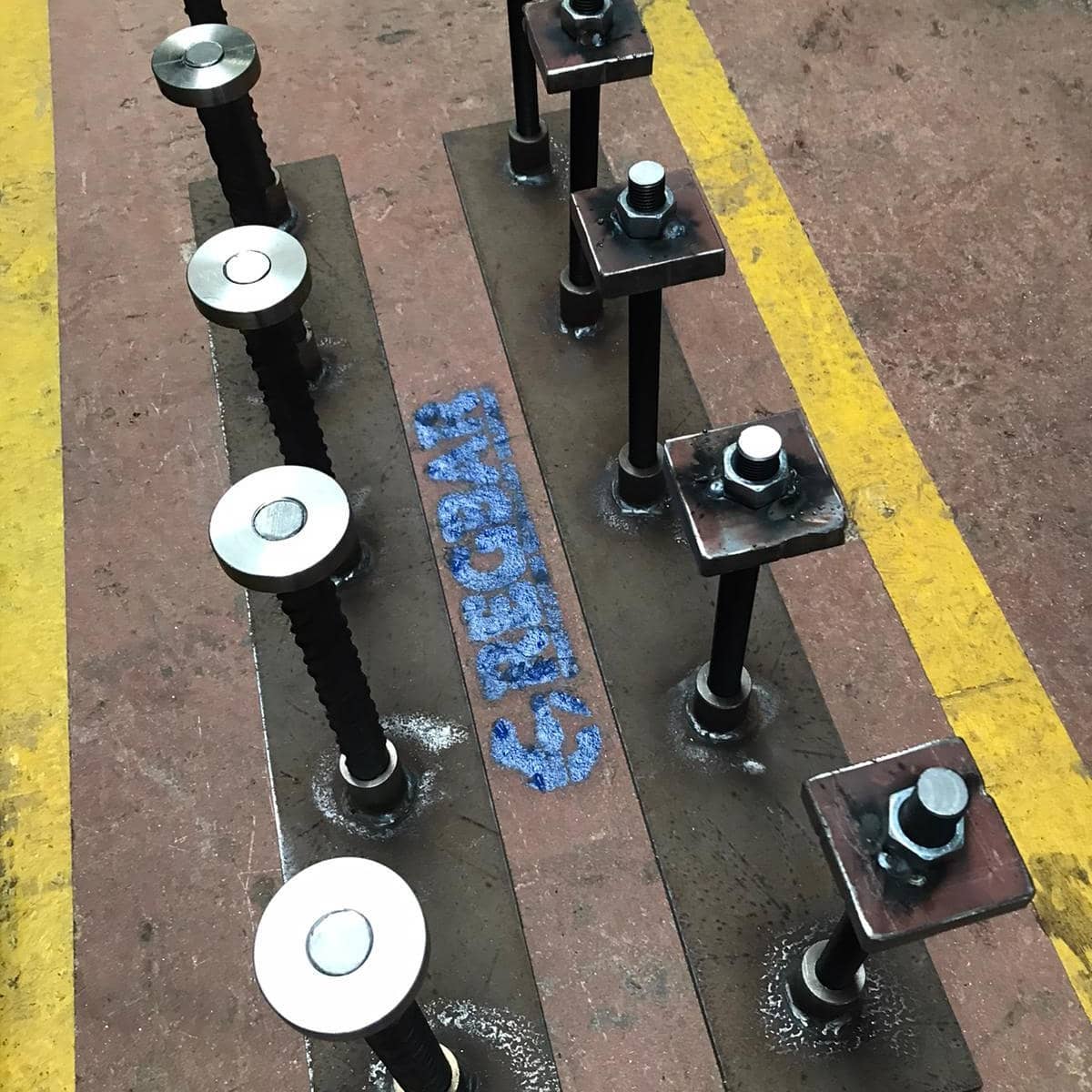
Anchorage
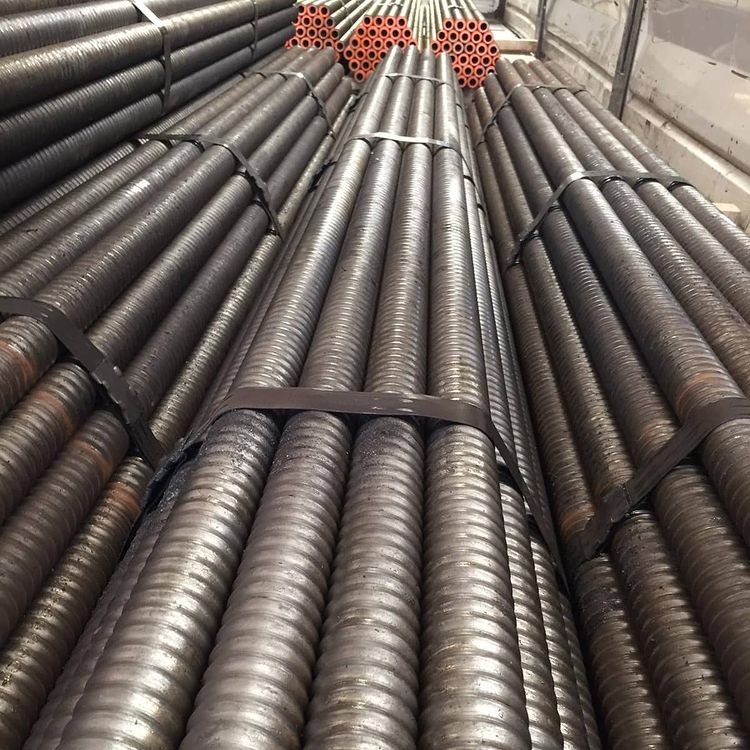
Self Drilling Rockbolt
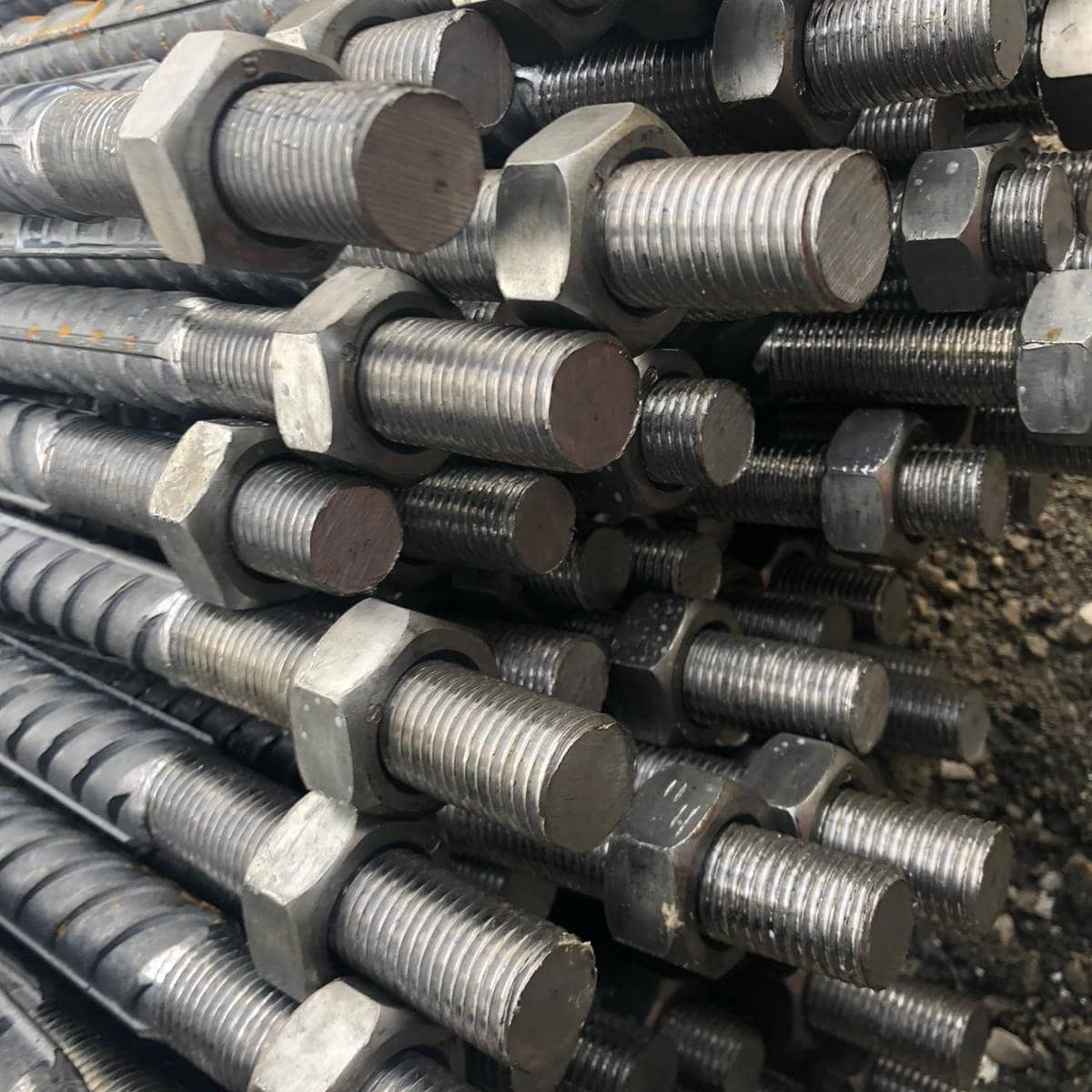
Anchor Bolt
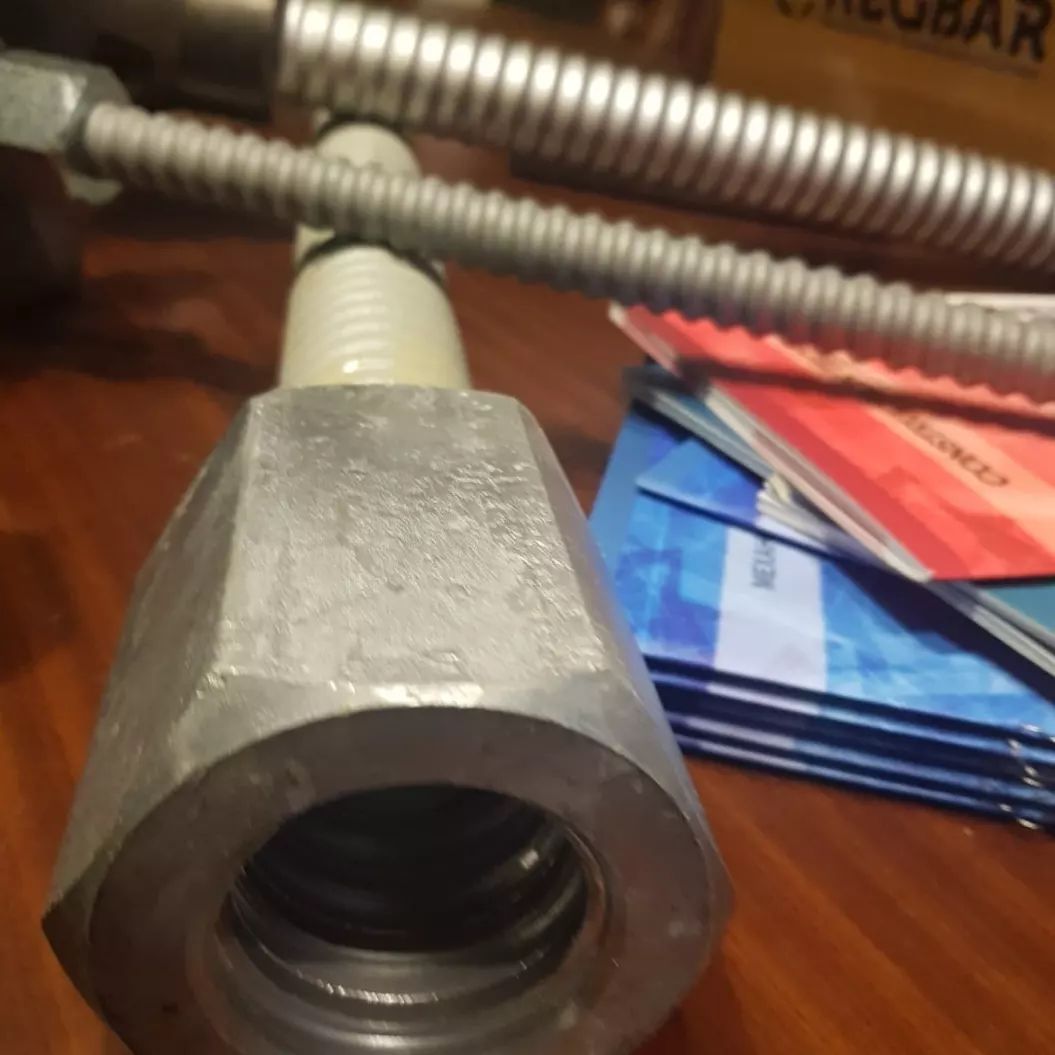
Tierod
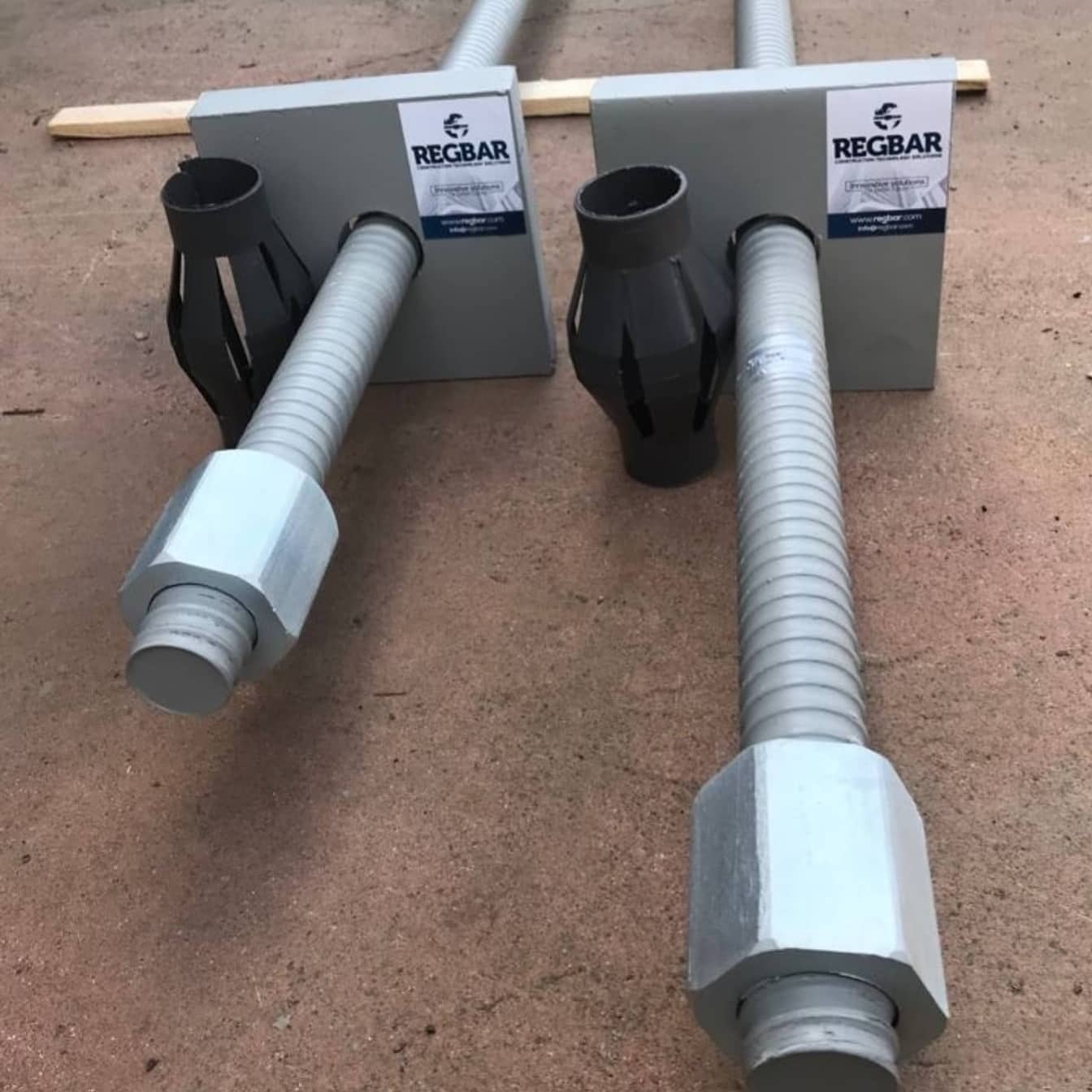
Rockbolt
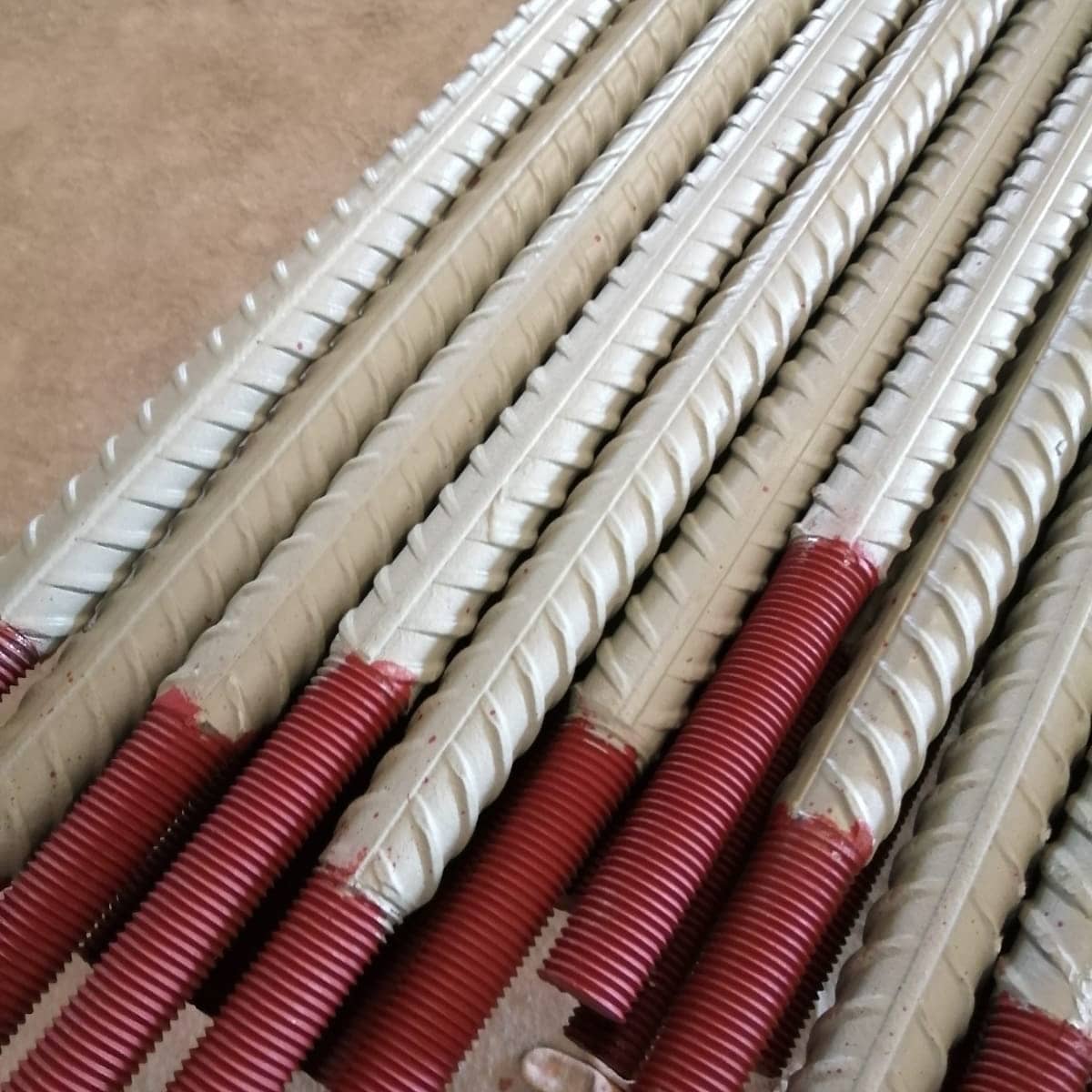
Soilnail
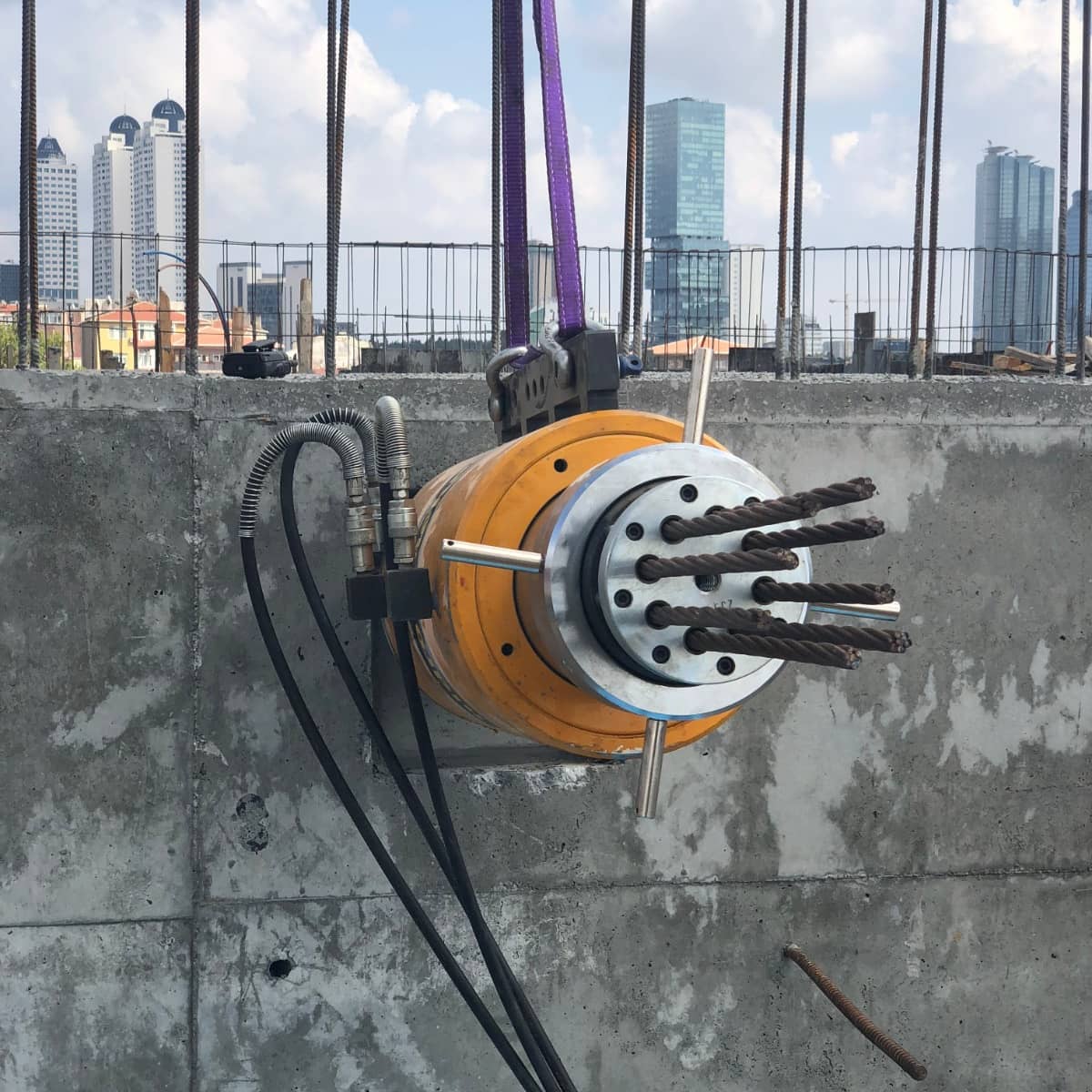
Post Tensions
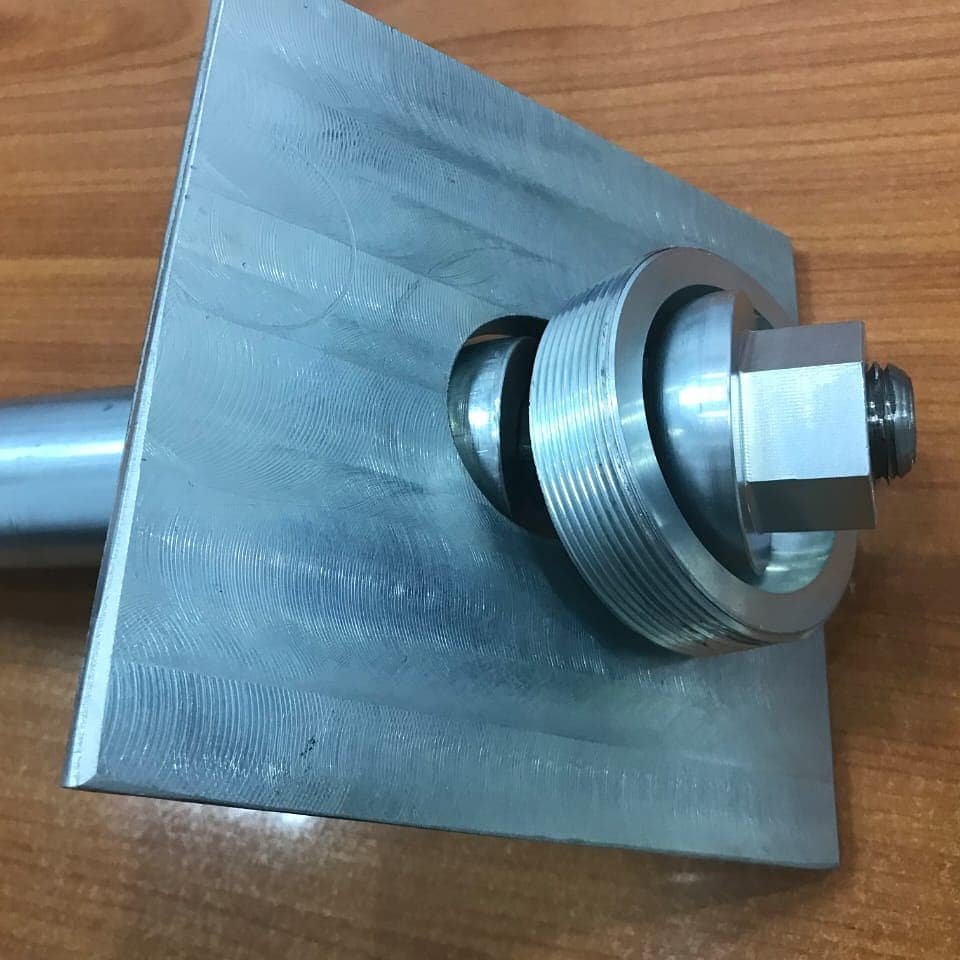
Plates
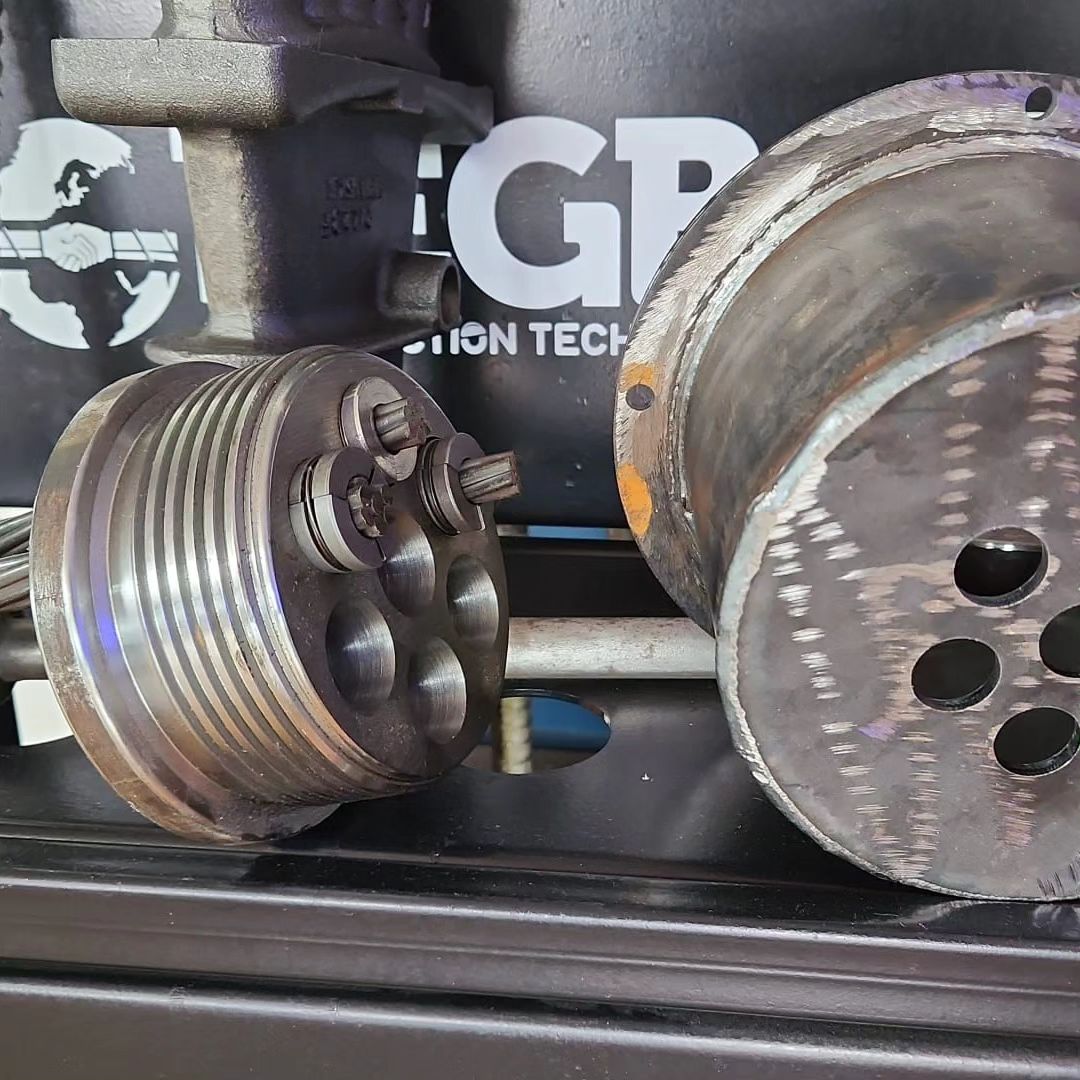
Pretensions
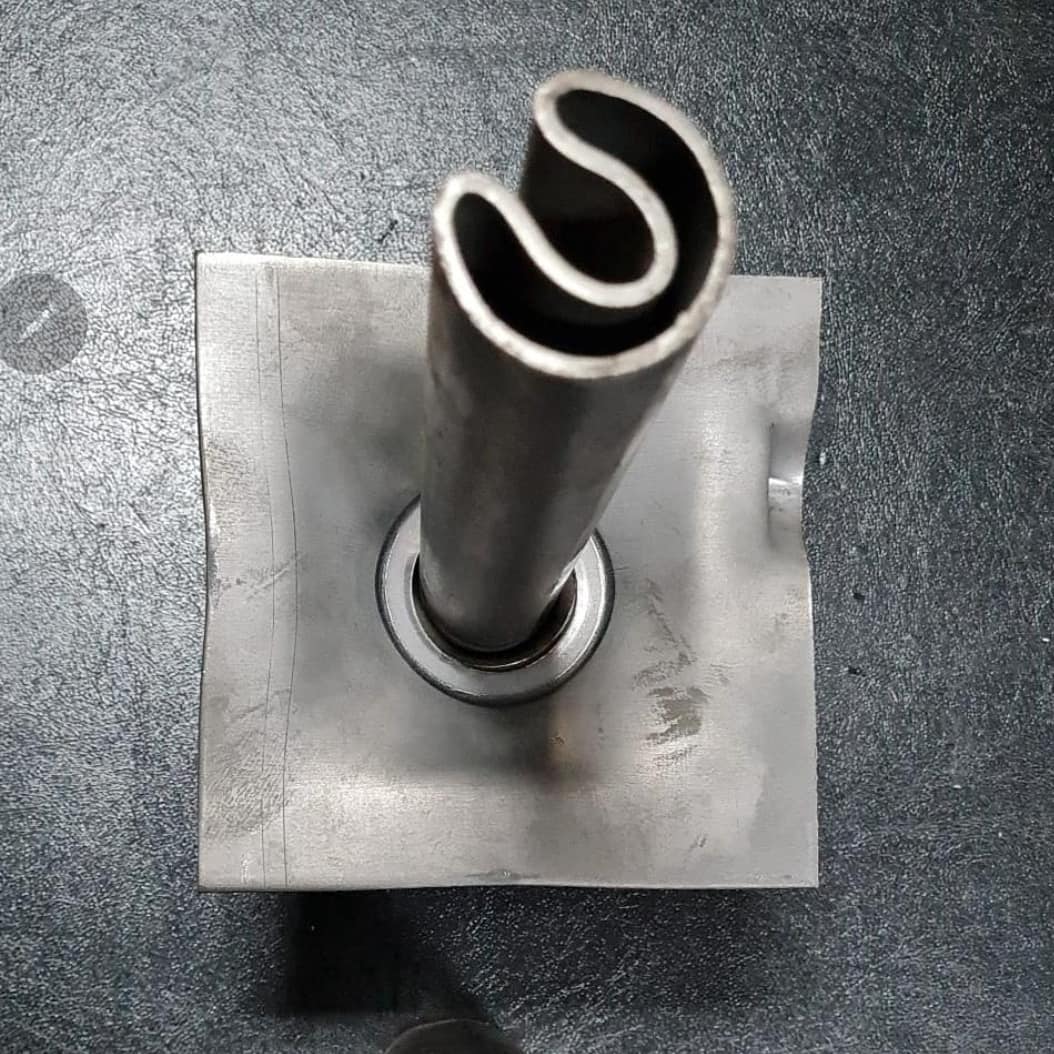
Expansion Bolts
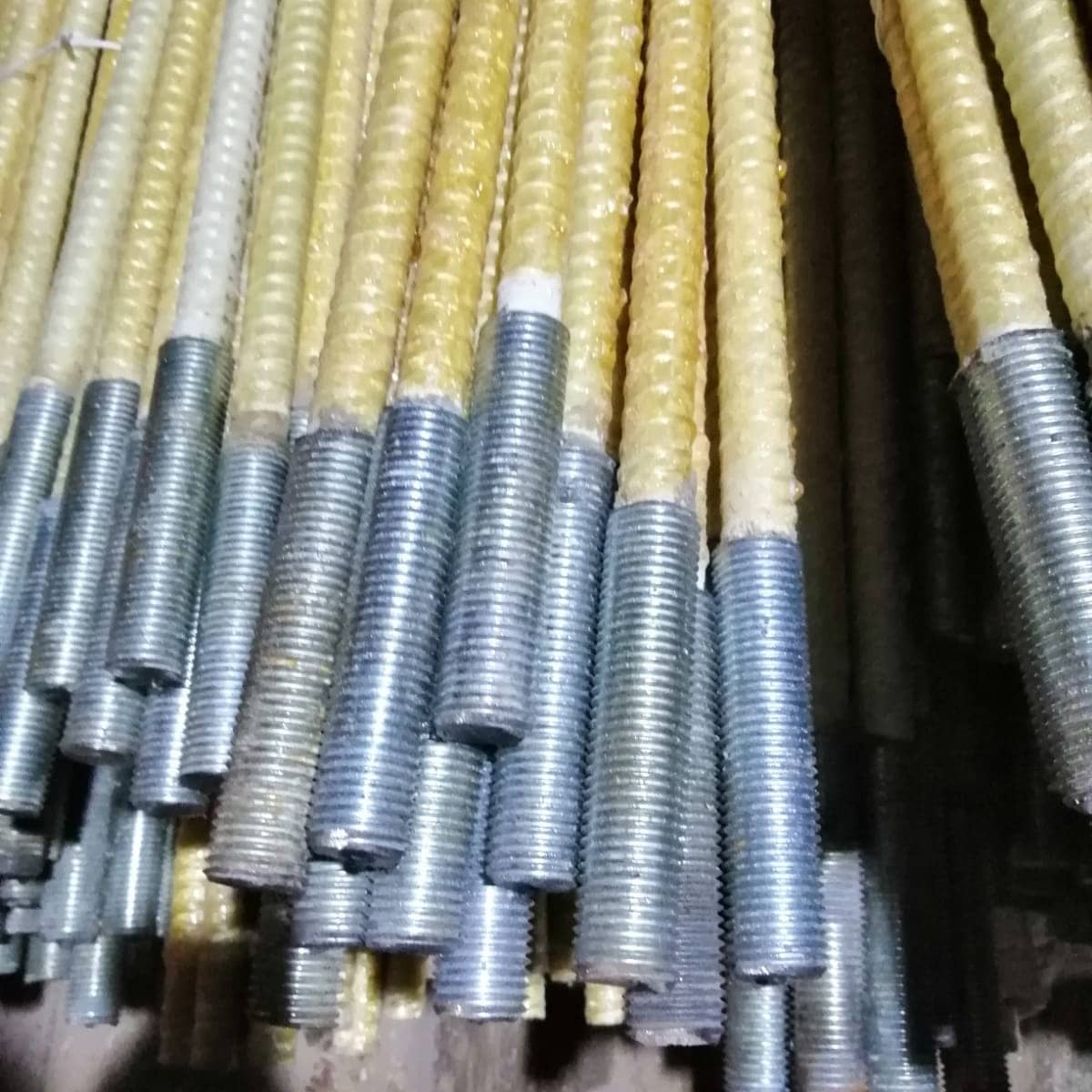
Fiber Rockbolt
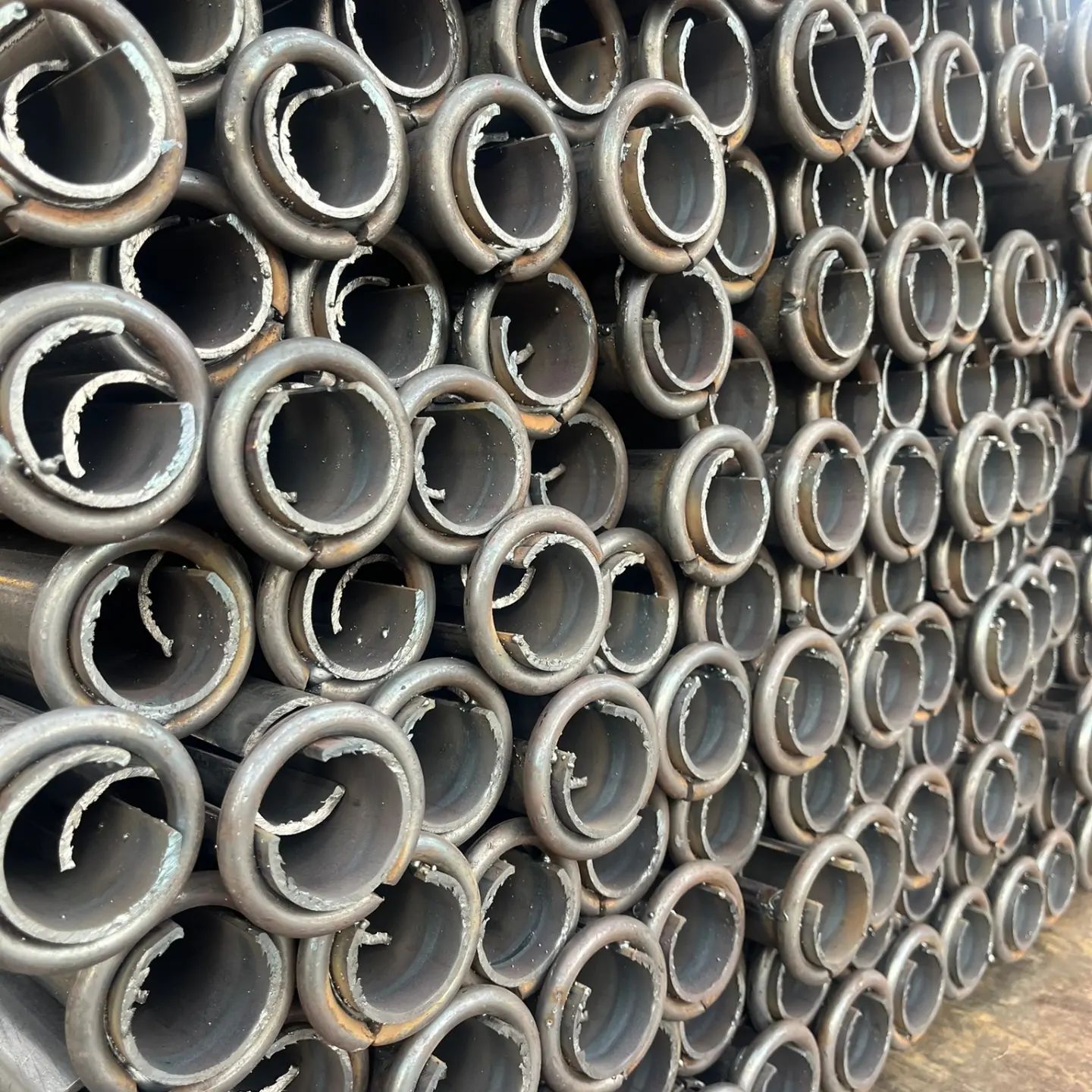
Split Set
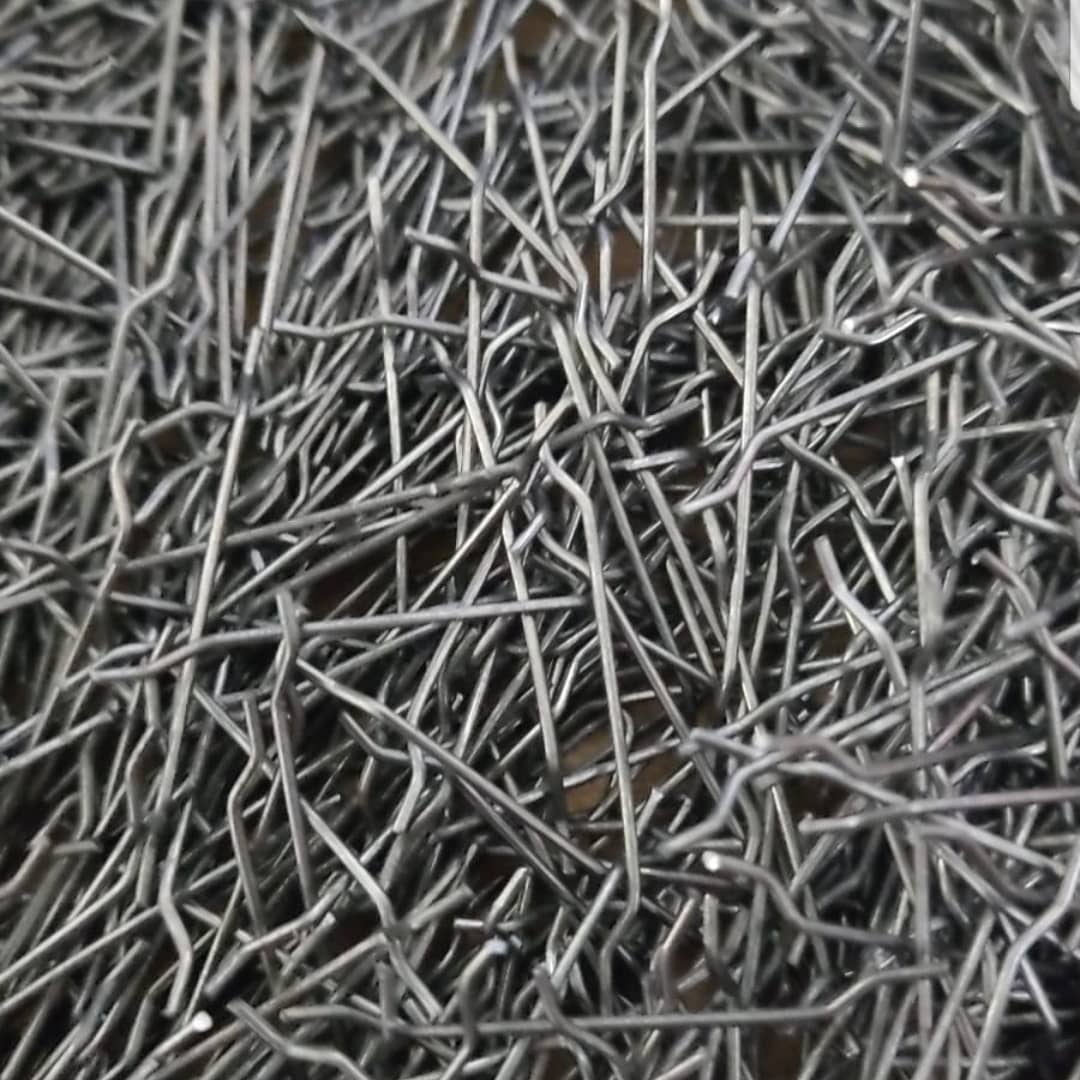
Regmiks
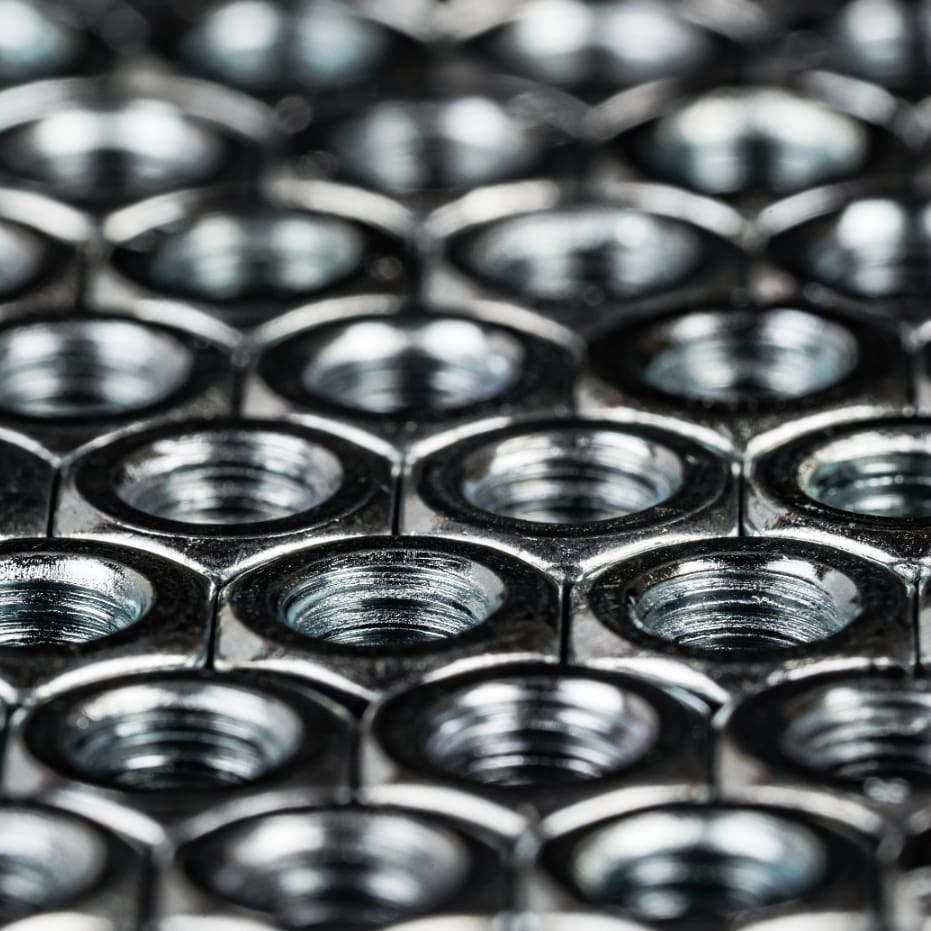
Nut Washer Eyebolt
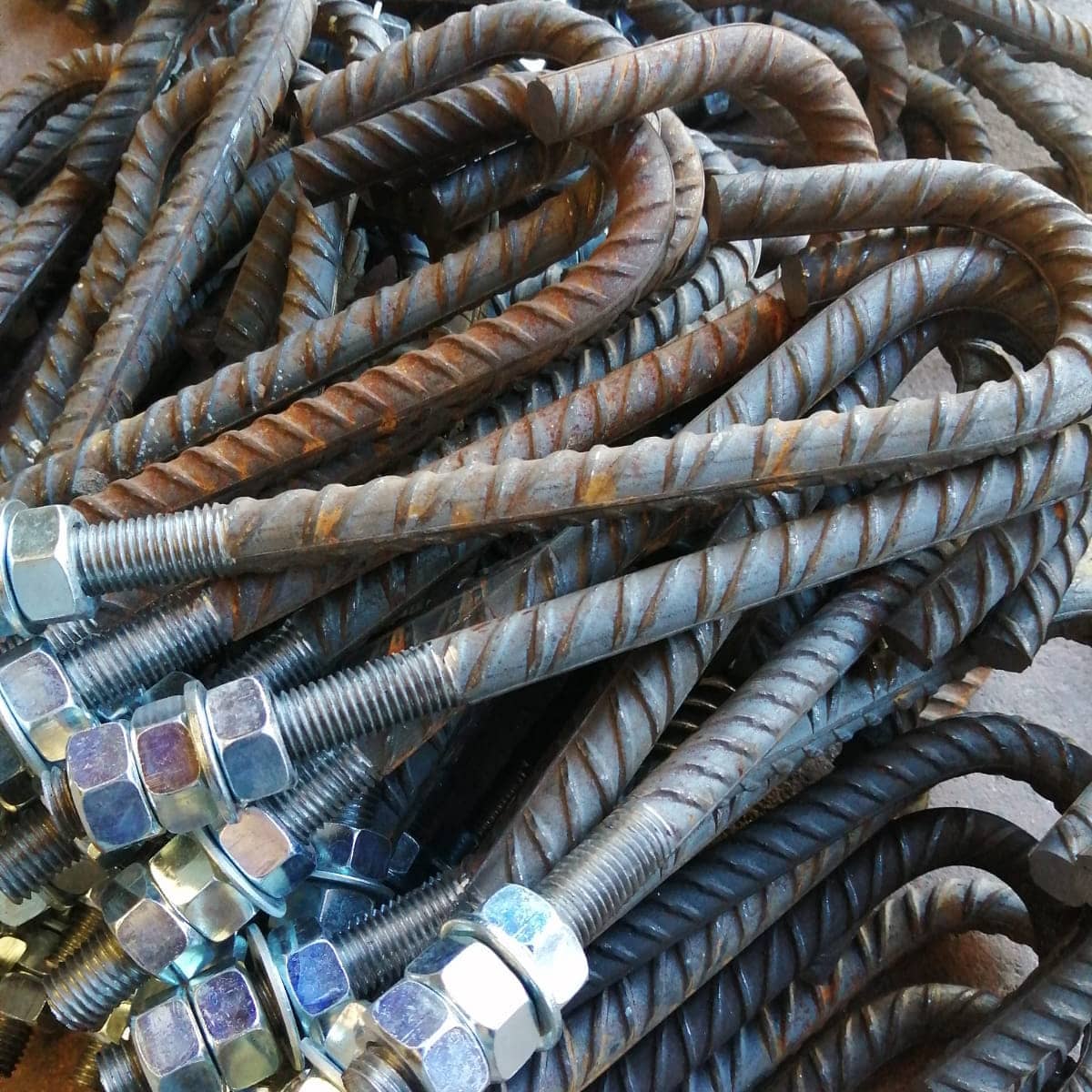
BoltStud
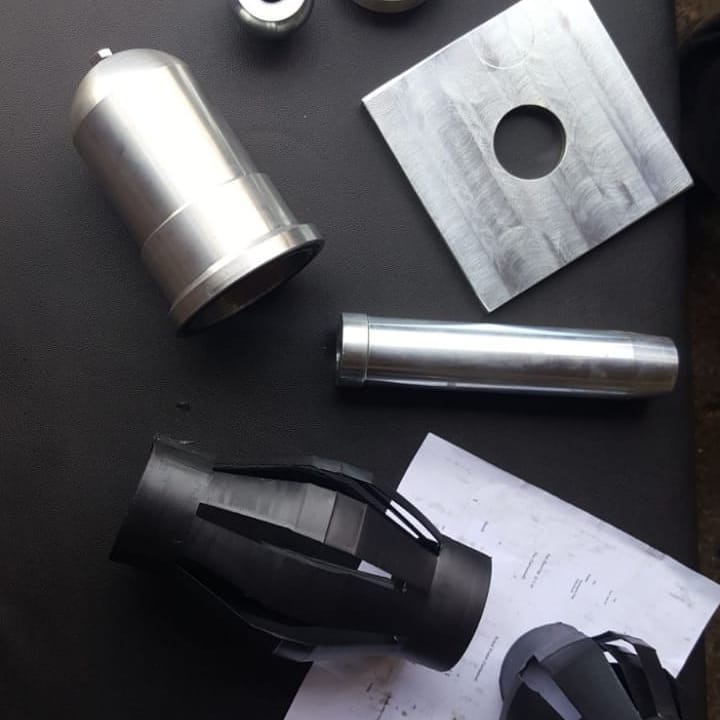
Plastic Spacer
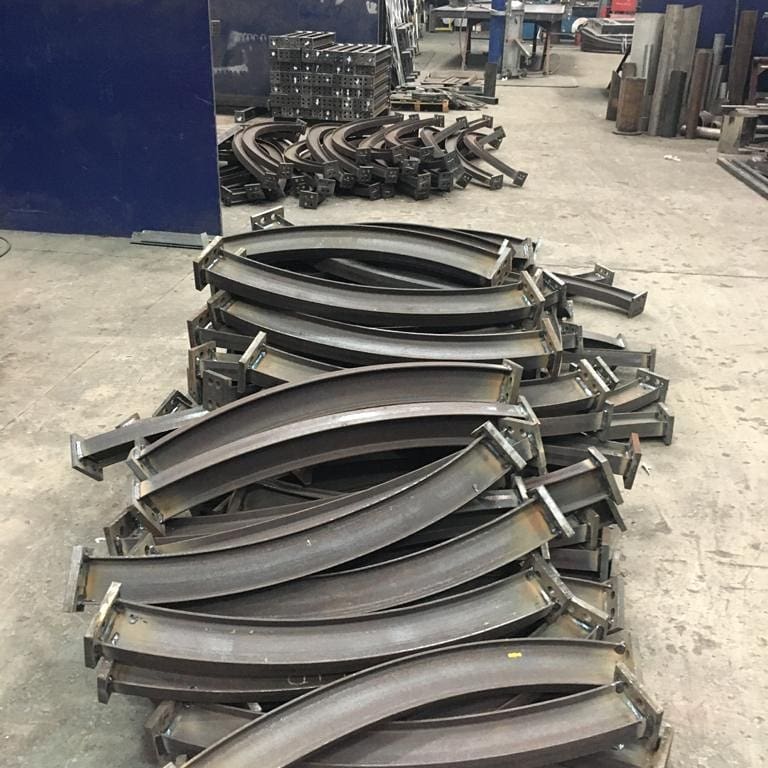
Tunnel Support Equipment
